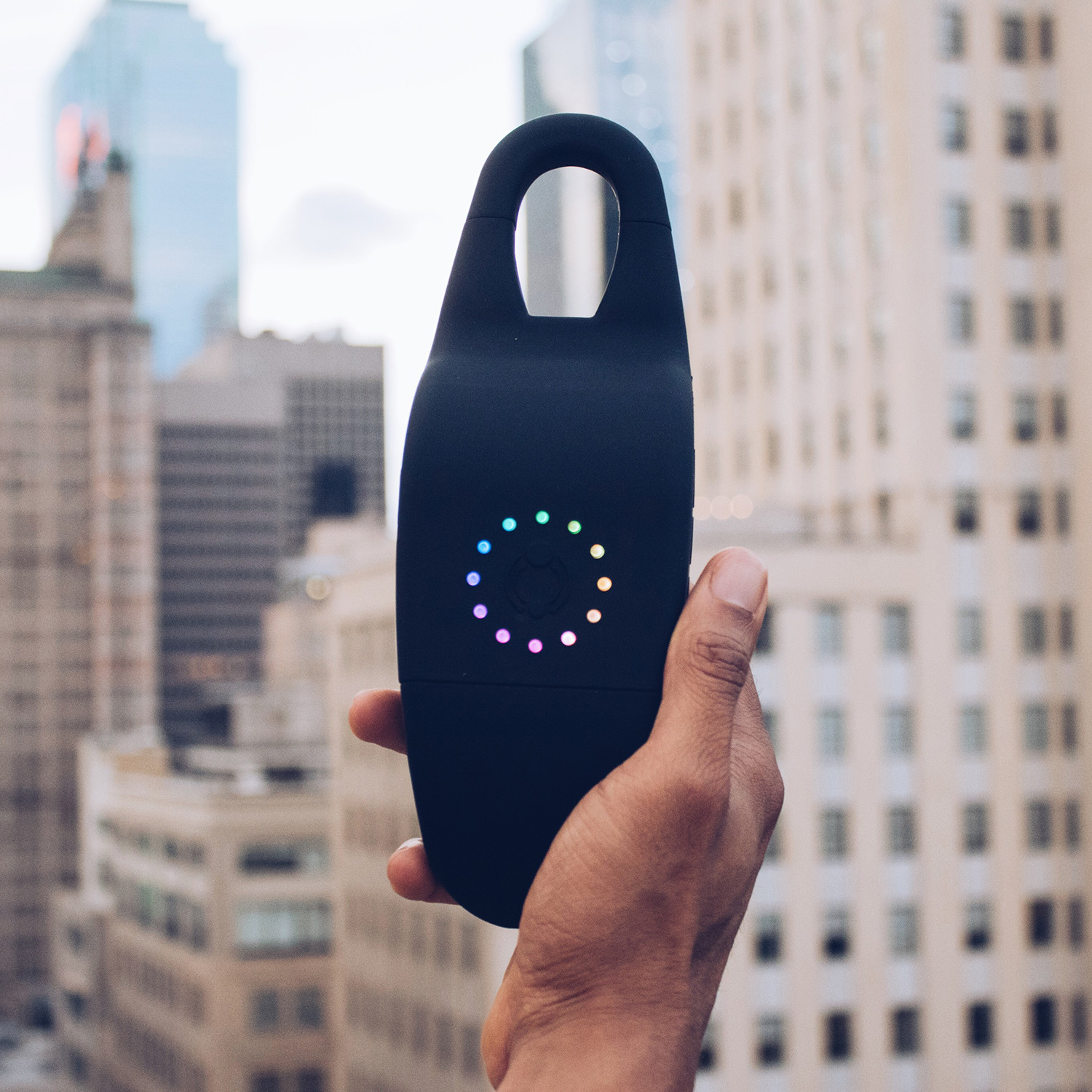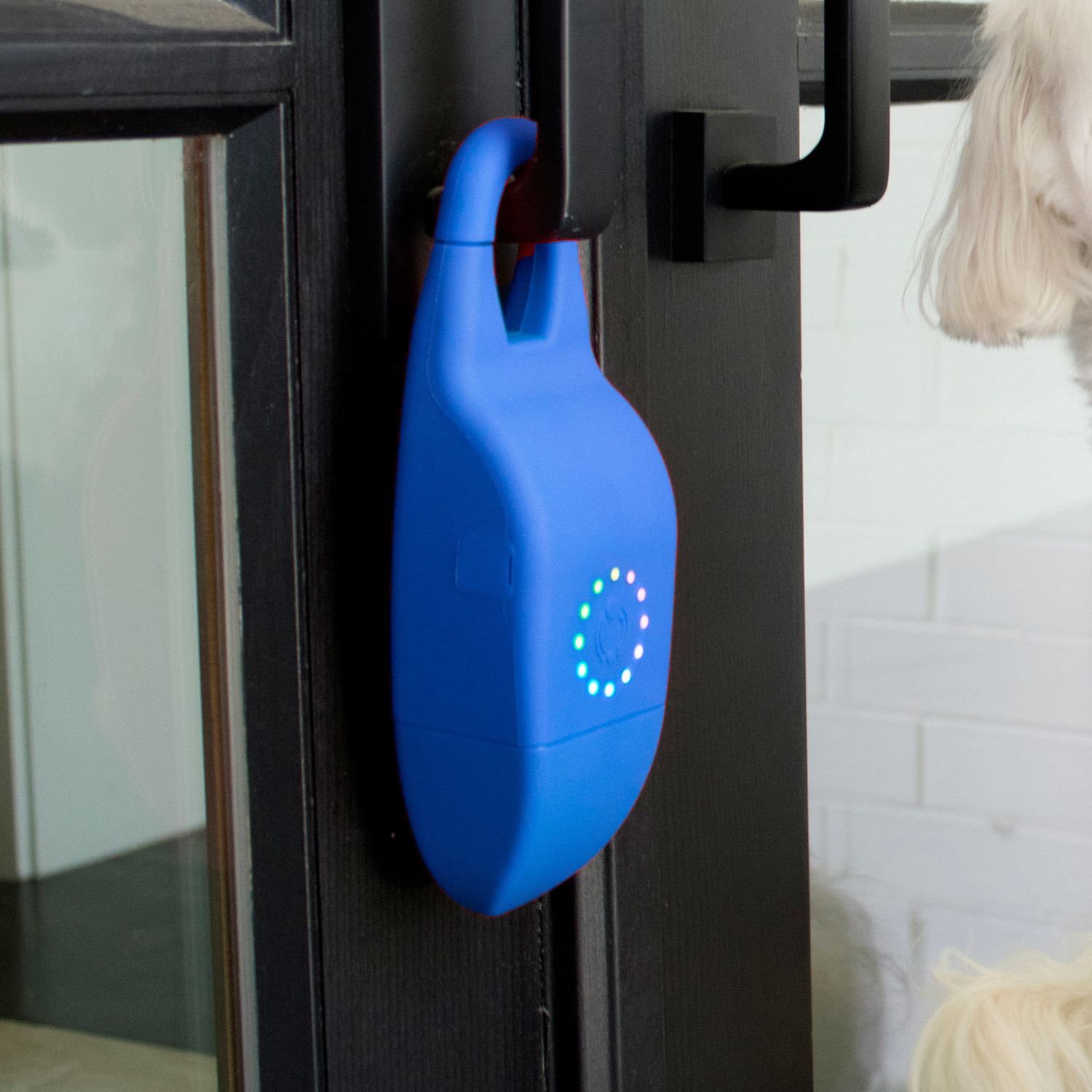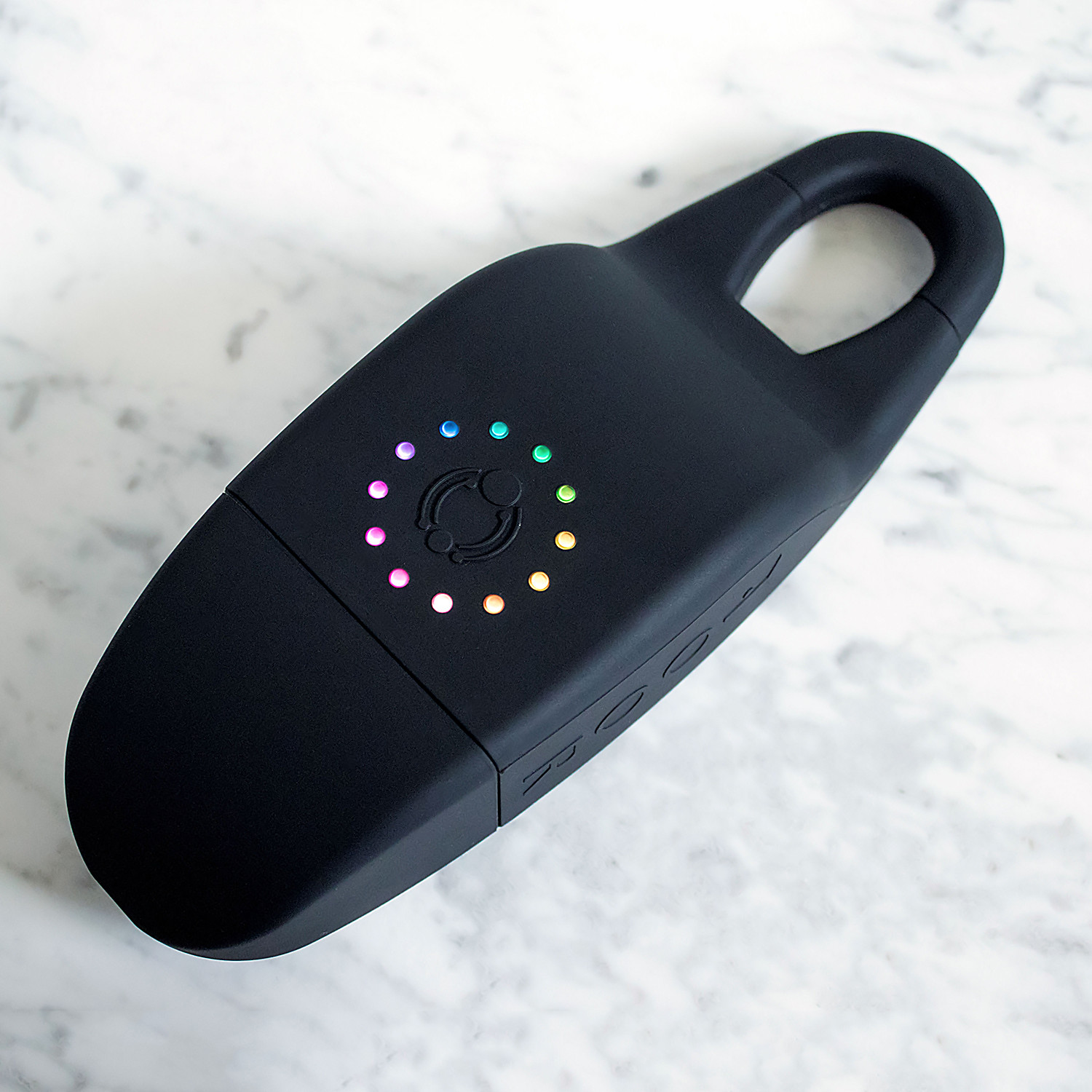Toor Lockbox Net Worth: A Look Back At A Real Estate Innovation
Have you ever wondered about the financial standing of a promising idea that, well, didn't quite make it in the long run? It's a question many people ask, especially when a clever concept, like the Toor lockbox, appears to fade from public view. We often hear about big successes, but there are also stories of bright sparks that, for various reasons, just don't stick around. Today, we're taking a closer look at the Toor lockbox, its creator, and what its "net worth" might mean in the bigger picture of real estate technology, so to speak.
The Toor lockbox system, you see, was a rather interesting attempt to shake up the way folks looked at homes. It aimed to make things simpler, safer, and quicker for both buyers and sellers. This smart device, paired with a mobile app, was supposed to cut out some of the usual back-and-forth, allowing people to arrange house tours without needing a real estate agent right there for every single viewing. It was, in a way, a fresh approach to a very traditional business.
When we talk about something like "toor lockbox net worth," it's a bit more complicated than just looking at a balance sheet today. The company, as we understand it, isn't active anymore in that product line. So, its "worth" now really comes down to its historical impact, the ideas it represented, and what it meant for its founder. We can certainly explore what factors might have contributed to its value back when it was a going concern, and what its legacy might be.
Table of Contents
- Junior Desinor: The Mind Behind Toor
- The Birth of a Real Estate Idea
- How the Toor Lockbox Worked
- The Impact of Publicity
- The Business Outlook Then
- What Happened to the Toor Lockbox?
- Considering Toor Lockbox Net Worth Today
- Frequently Asked Questions About Toor Lockbox
Junior Desinor: The Mind Behind Toor
The person who came up with the Toor lockbox was a young entrepreneur named Junior Desinor. He had spent years working in real estate, and during that time, he saw a real need for something different. He apparently had a strong desire to make the real estate business easier for everyone involved, which is that kind of thinking that often leads to new inventions. He was someone who clearly saw a problem and wanted to fix it.
Junior Desinor's background in real estate seems to have given him a very good sense of the issues people faced. He designed Toor specifically to smooth out the process of showing houses. This meant making it less of a hassle for both those wanting to see homes and those trying to sell them. His goal was to remove some of the friction that typically comes with scheduling house viewings, and that's a pretty big aim, you know.
Personal Details and Bio Data of Junior Desinor
| Detail | Information |
|---|---|
| Name | Junior Desinor |
| Role | Inventor of Toor Lockbox |
| Background | Years of experience in real estate |
| Passion | Turning around the real estate industry |
| Contribution | Designed Toor to simplify house viewings |
The Birth of a Real Estate Idea
Toor, the smart lockbox system, was truly born out of a simple, yet powerful, desire to make real estate more straightforward. Junior Desinor, after seeing the difficulties people faced, decided to create a tool that could help. It was about filling a gap, a space where technology could truly make a difference. The idea was to give buyers and sellers a direct way to connect for viewings, cutting out some of the usual steps, which is quite a bold move.
This fresh approach to real estate was meant to change things significantly. The whole point was to simplify what could often be a very drawn-out process. By letting people arrange tours through an app, without having to depend so much on a realtor for every single showing, it seemed to offer a lot of convenience. It was, in some respects, about giving more control back to the buyers and sellers themselves, and that's a pretty appealing concept.
Think about it: scheduling house viewings could be a real headache. Phone calls, emails, coordinating schedules—it all took time. Toor was designed to make that part of the experience much easier. It was about using smart tools to bring real estate into a more modern age, which is a big goal for any new company, you know. The goal was to remove those little bits of friction that make the process feel slow or difficult.
How the Toor Lockbox Worked
The Toor system offered a collection of smart tools specifically for real estate and property access. It wasn't just a single item; it was a connected group of things that worked together. At its core, there was the smart lockbox itself. This box held the keys to a property, and it could be opened or managed using technology, which is a rather clever way to handle access.
Along with the physical lockbox, there was a mobile app. This app was really the control center for everything. It allowed people to arrange viewings, manage access, and probably see information about the properties. This integration meant that users could handle a lot of the process right from their phone, making it pretty convenient, you see. It was all about making things accessible and manageable from a distance.
The system also included integration with other home devices. While the text doesn't go into deep detail about which devices, this suggests a broader vision for how Toor could fit into a smart home ecosystem. This kind of connection could have offered even more control and automation, making the whole experience of property access even smoother. It was, in a way, looking ahead to how homes might be managed in the future, which is pretty forward-thinking.
The Impact of Publicity
After a certain show aired, Toor experienced a pretty big boost. The text mentions a significant increase in website traffic, sales, and social media exposure. This kind of public attention can do wonders for a new business, you know. It puts the company right in front of a lot of eyes, generating interest and curiosity that would be very hard to achieve through traditional advertising alone.
This surge in attention suggests that the idea of the Toor lockbox resonated with a lot of people. More website visits mean more potential customers learning about the product. More sales, naturally, mean direct financial gains. And increased social media exposure helps build brand recognition and a community around the product. It's a very powerful combination for any startup, really.
For a company like Toor, this kind of exposure could have been a true turning point. It validated the idea and showed that there was a real market for what they were offering. This sort of public endorsement often translates into investor interest and continued growth, which is a very good sign for a young company, you know. It can create a feeling of momentum that carries the business forward.
The Business Outlook Then
At one point, the Toor lockbox business had an estimated 10% yearly growth rate. This is considered a typical business growth rate, suggesting a steady, healthy expansion. For a company that had just received a big wave of publicity, this kind of consistent growth would have been very encouraging. It means the initial excitement was translating into sustained interest and sales, which is what every business hopes for, more or less.
A 10% yearly growth rate indicates that the company was adding customers and increasing its revenue at a respectable pace. This kind of growth can allow a business to invest in new features, expand its team, or reach new markets. It's a sign of a company that is finding its footing and building a solid base, you see. This steady climb suggests good management and a product that people continued to find useful.
Looking at a business with this kind of growth potential, especially one that had already seen a big jump from public exposure, would have made it an interesting prospect. It implies a certain level of stability and a pathway to becoming a more significant player in its field. This kind of positive outlook is what helps shape perceptions of a company's potential "net worth" when it's actively growing, you know. It's about looking at where the company might be headed.
What Happened to the Toor Lockbox?
Despite its promising start and the initial buzz, the story of the Toor lockbox took a different turn. As of 2023, you can no longer buy a Toor lockbox. This means the product is no longer actively sold or supported. It's a pretty clear indication that the business, at least in its original form, has stopped operating, which is sometimes what happens with new ventures.
The Kickstarter project for Toor also remains locked. This is another sign of inactivity. Kickstarter campaigns are often used to fund new products, and if the project is locked and inactive, it usually means the development or production has halted. The text says the project has been inactive since January of 2018, when the final... (the sentence is cut off, but the implication is clear). This points to a long period of quietness for the company.
So, while Toor had a moment in the spotlight and seemed to be growing, it eventually ceased operations for this particular product. The reasons for this aren't fully detailed in the provided information, but it's not uncommon for startups, even those with good ideas and initial success, to face challenges that lead to them closing down or changing direction. It's a common part of the business cycle, in a way, for many companies.
Considering Toor Lockbox Net Worth Today
When we talk about the "toor lockbox net worth" now, given that the product is no longer sold and the project is inactive, it's a very different conversation than it would have been years ago. A company's net worth typically reflects its assets minus its liabilities. For an inactive product, the direct financial value of the lockbox itself is likely minimal, perhaps just the value of any remaining physical inventory, if any, which is probably very little.
However, the "worth" might extend to other areas. Junior Desinor, as the inventor, still holds the experience and knowledge gained from this venture. This kind of experience can be very valuable for future projects or consulting roles. The intellectual property, like patents or software code, might still exist, though its market value would depend on whether anyone else could use it for a new, active product. That's a bit of a nuanced point, you know.
In a broader sense, the "net worth" of Toor lockbox could be seen in its contribution to the conversation around real estate technology. It showed a path forward for making property access easier and more independent. Even if the product itself isn't around, the ideas it introduced might have influenced later innovations in the market. So, while its direct financial net worth might be low, its conceptual "worth" or legacy could be more significant, you see. It's a reminder that not every innovation needs to last forever to make an impact.
Frequently Asked Questions About Toor Lockbox
What was the main problem Toor Lockbox tried to solve?
Toor Lockbox aimed to make scheduling house viewings much easier for both people wanting to buy homes and those selling them. It sought to remove the need for a real estate agent to be physically present for every tour, allowing buyers and sellers to arrange visits directly through an app. This simplified the whole process, which was a pretty big help.
Is Toor Lockbox still available for purchase?
No, as of 2023, you can no longer buy a Toor lockbox. The project has been inactive since January of 2018, and the Kickstarter campaign for it remains locked. This means the product is no longer in production or sold to the public, you know.
Who invented the Toor Lockbox system?
The Toor lockbox was invented by Junior Desinor. He was a young entrepreneur who had a strong interest in changing the real estate business. He designed the system after years of working in the real estate field and seeing the difficulties people faced with traditional house viewings, which is how many good ideas start, really.
To learn more about innovations in real estate on our site, you can also check out this page for more insights into past and present property tech. The history of technology in housing is a rather interesting one, with many attempts to make things simpler.

TOOR Smart LockBox (Black) - TOOR - Touch of Modern

TOOR Smart LockBox (Black) - TOOR - Touch of Modern

TOOR Smart LockBox (Black) - TOOR - Touch of Modern